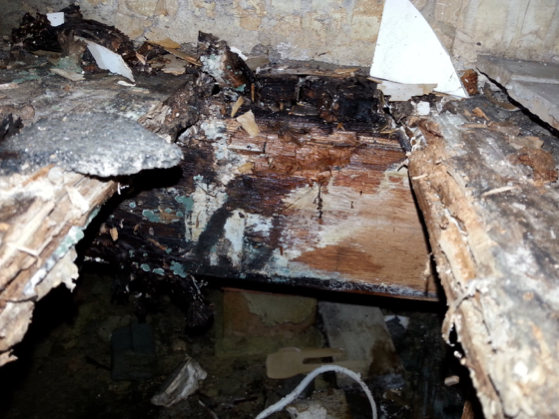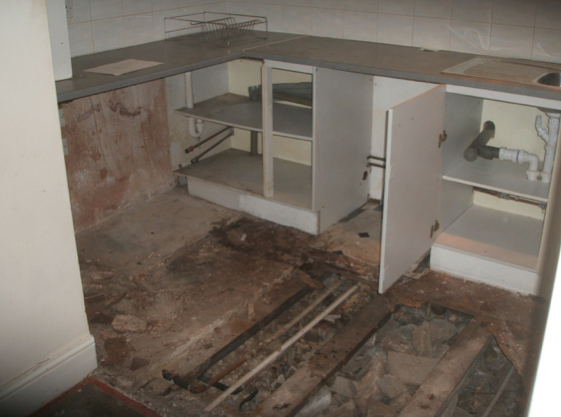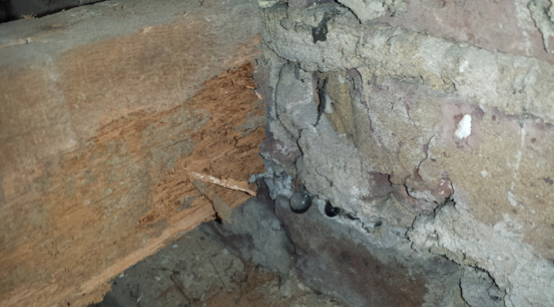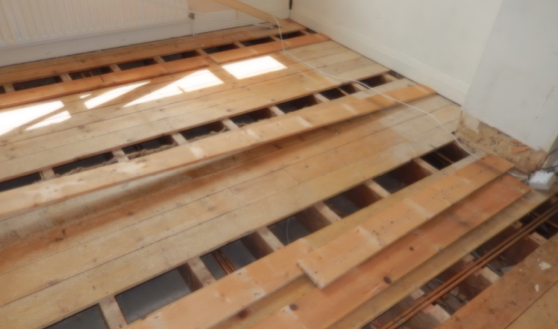Wet Rot, Dry Rot and Woodworm Experts
Wood is a durable material which is resistant to most biological degrade providing it is kept dry. When wood becomes wet decay occurs with the type of decay depending on the type of wood, moisture content and atmospheric conditions.
As a Company we often find Dry Rot and Wet Rot Fungii misdiagnosed due to inexperience or insufficient training.
Dry Rot
True Dry Rot Fungus (Serpula Lacrymans) is the most feared and has the most potential to harm the structural integrity of your property. After attacking its initial source of timber, it can grow undetected, for example behind wall plasters and through bricks and mortar, in search of the next timber to attack. However, this type of fungus is sensitive to temperature and atmospheric changes, meaning it requires very specific conditions to grow and therefore is not as common as Wet Rot Fungii.
Wet Rot
There are many fungal species known as Wet Rot Fungi. Some types are rarely found in buildings and others only affect plaster, while soft rots are usually found on timbers in contact with the wet ground or walls.
Although these rots are regarded as superficial, they nonetheless cause decorative spoiling and the timber may need completely renewing. Wet Rot may also have mycelium and strands which are often misdiagnosed as Dry Rot.
Wood Boring Beetle Infestation (Woodworm)
There are many types of Wood Boring Beetles with damage ranging from minor to severe.
The most frequently diagnosed, and the beetle most commonly associated with the name Woodworm is the Common Furniture Beetle. This beetle has the capacity to damage the timbers from laying eggs on the timber where the larvae eat their way out before mating and beginning the cycle again. This type of beetle is often mistaken for the Bark Borer Beetle or Pinhole Borer Beetle which appears very similar to the Common Furniture Beetle but causes no damage to the timber.
Other types of beetle that can cause damage is the House Longhorn, which is mostly confined to the Surrey area and can cause widespread damage and the Death Watch Beetle.
Quite often we see woodworm holes which is historic due either to the timbers having previously been treated or where they have naturally died away.
Diagnosis by untrained and unqualified surveyors can lead to unnecessary or incorrect treatment which can result in spending hundreds or even thousands of pounds.
Where Woodworm has been identified as requiring treatment, it is very important that the underside of the timbers, as well as the surface are treated. Our operatives lift the boards in order to treat the joists, wall plates and underside of the floorboards. Extension lances are used to treat hard to reach areas.
The chemical we use is low odour and classed as an irritant meaning you can usually return to your property the same day.
Our Company surveyors are fully qualified in identifying the various sources of beetle infestation, Wet Rots and True Dry rot. Depending on your instructions, we will investigate the area of concern and provide a written report documenting our findings. If found necessary photos and sketch plans will also be provided. Where applicable a quotation will be forwarded together with recommendations for other specialist trades.
For an inspection with one of our qualfied surveyors specialising in Timber infestation and Rots Call 01737 851178









